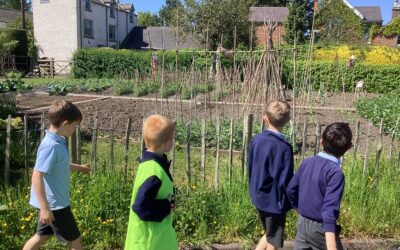Geography
At Arnesby we believe that it is vital for our children to have an appreciation and an understanding of the world around us. Our approach to the study of Geography helps broaden children’s understanding of our place in our environment, both on a global or continental scale and on a more local scale. By exploring different physical phenomena as well as features of our environment either built or shaped by human influence, children can develop a greater understanding of and appreciation for the world around them.
We teach a clear skills and knowledge progression with a series of linked concepts that underpin our learning. We link each of our units to two or more of the following: Map skills, The Natural World, Human Settlement, Trade, Climate and Weather, and Our Local Area. Our units in Geography are built on over the course of the children’s primary school experience – sequenced units of work that take them from early years through to Year 6, building and developing their knowledge and their skills continuously.
By thinking like Geographers, children will need to be able to understand demographic shifts in different parts of the world, the country and their locality. By exploring fieldwork skills, children develop an understanding of cardinal directions in KS1 through to being able to read Ordnance Survey maps effectively throughout KS2.
Our approach is a vocabulary rich immersive teaching style ensuring that children are exposed to key technical terminology throughout their learning. Developing their knowledge through ambitious use of vocabulary helps promote their understanding of core concepts of Geography and ensures a clarity that will support them in various aspects of their lives.
By the time children leave Arnesby, they should have developed:
- A solid knowledge and understanding of key physical features of the world (continents, oceans, cities, human settlements).
- The ability to explore demographics in different regions of the world and an understanding of similarities and differences between different nations/regions.
- The ability to use digimaps, OS maps, atlases and other resources to learn information about their environment and to explore changes over time.
- A respect for the world around them and a deeper understanding of our impact on the natural world as well as the influence of human beings in their own settlements.
- A lifelong curiosity about different people, places and cultures that will give them a host of opportunities in later life.



